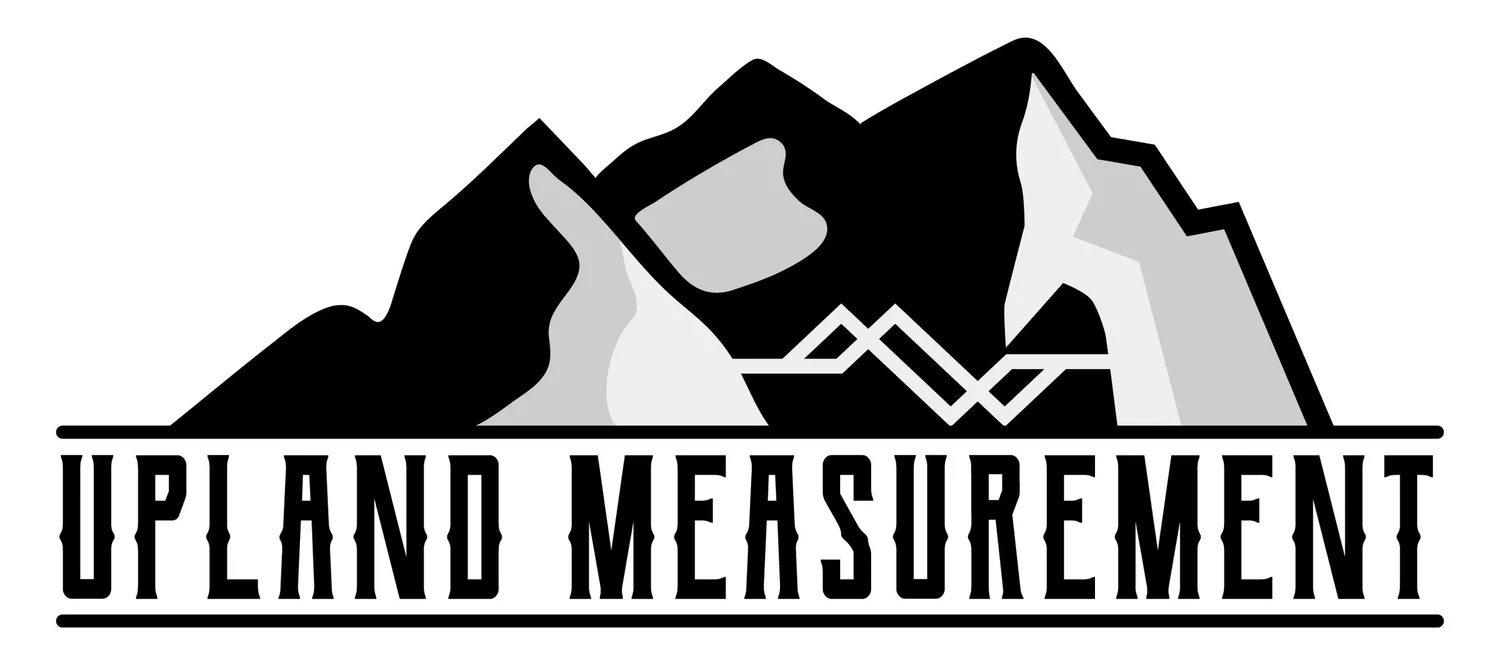Calibrating Water Cut Monitors: Why It’s Critical for Pipeline Integrity
In the world of crude oil transportation, accuracy in fluid composition measurement is not just a matter of compliance—it's a cornerstone of operational integrity. One key tool in this process is the water cut monitor, a device used to determine the percentage of water in oil flowing through a pipeline. However, like any precision instrument, its reliability hinges on routine calibration and maintenance.
What Is a Water Cut Monitor?
Water cut monitors measure the proportion of water within a hydrocarbon stream. Commonly used technologies include capacitance-based sensors (like the Drexelbrook Universal IV), which detect dielectric differences between oil and water, offering continuous, real-time analysis.
These readings are critical in applications such as:
Custody transfer
Production optimization
Dehydration unit performance
Corrosion control
Why Calibration Matters
Water cut monitors can drift over time due to:
Temperature variations
Buildup of paraffin or asphaltenes
Fouling of the probe surface
Signal degradation in electronics
Improper calibration leads to inaccurate water content readings, which directly affects product valuation, custody transfer balances, and system corrosion rates.
Routine calibration ensures:
Accurate volumetric accounting: Even a 1% error in water cut can equate to thousands of dollars in misallocated product over time.
Process efficiency: Misleading data may result in unnecessary treatment or bypassing of dehydration units.
Pipeline protection: Excess water, when undetected, contributes to internal corrosion, the silent threat to long-term pipeline health.
Calibration Best Practices
Reference Sample Comparison: Regularly verify online readings against a lab-analyzed grab sample.
Zero/Span Adjustment(When Applicable): Use known standards (100% oil / 100% water) to set baseline accuracy.
Environmental Compensation: Adjust for temperature and pressure variations that affect dielectric constants.
Routine Maintenance: Clean probes and check for physical wear or signal instability.
The Pipeline Integrity Connection
Excess water in crude isn’t just a measurement error—it’s a corrosion catalyst. Water cut monitors are the frontline defense against introducing water-laden oil into mainlines, tank farms, or processing facilities. By ensuring calibration is part of routine operations, operators can:
Reduce internal corrosion risks
Decrease pipeline shutdowns and pigging frequency
Improve the accuracy of integrity management programs
In Conclusion
In an industry where product quality, asset longevity, and safety intersect, calibrating water cut monitors is not optional—it’s essential. At Upland Measurement Services, we understand the balance between field realities and regulatory precision. That’s why we offer expert calibration services tailored to ensure your measurement systems meet both API standards and pipeline integrity goals.
Contact us today to schedule a field calibration or system audit.

